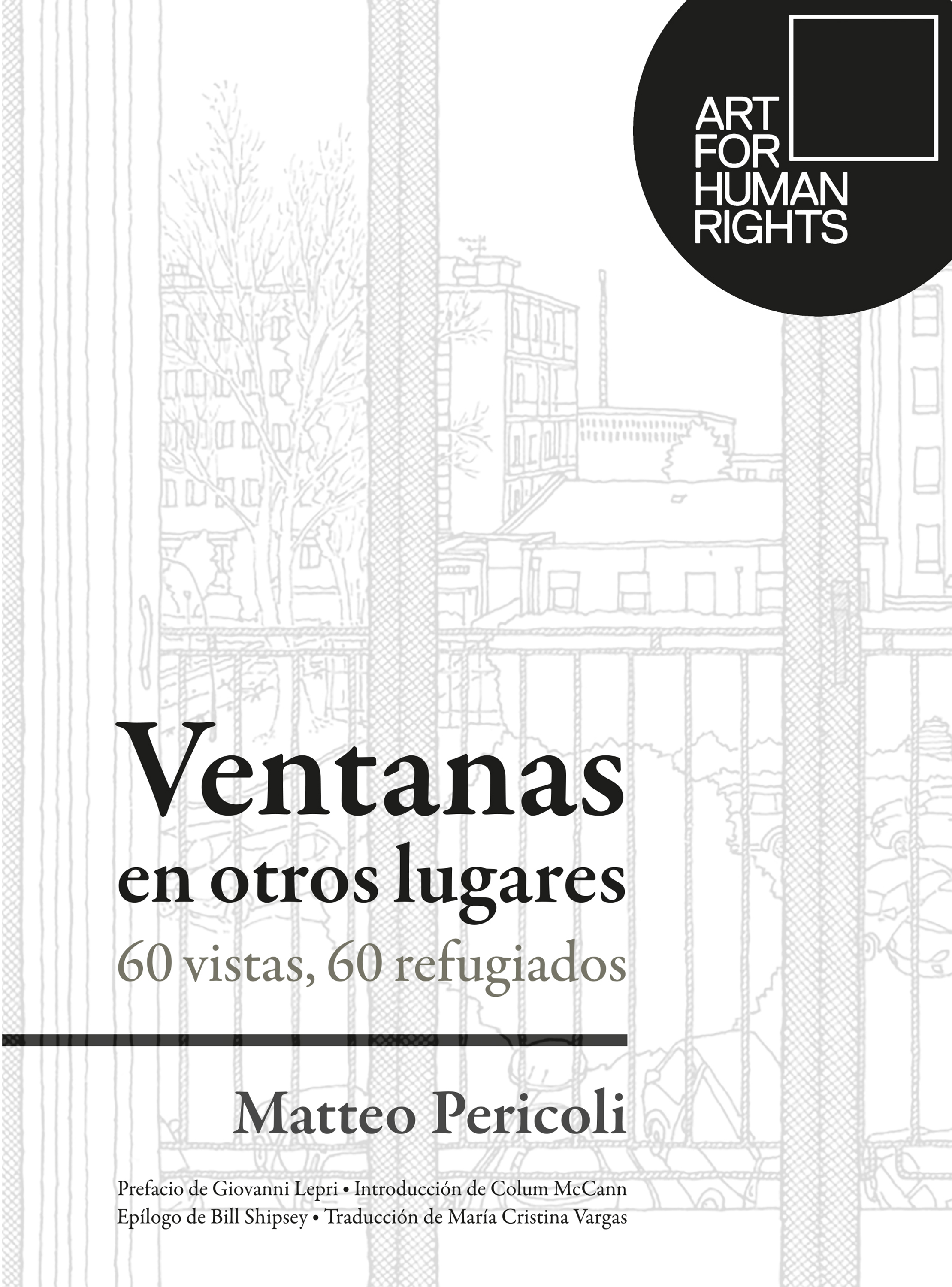Libros relacionados
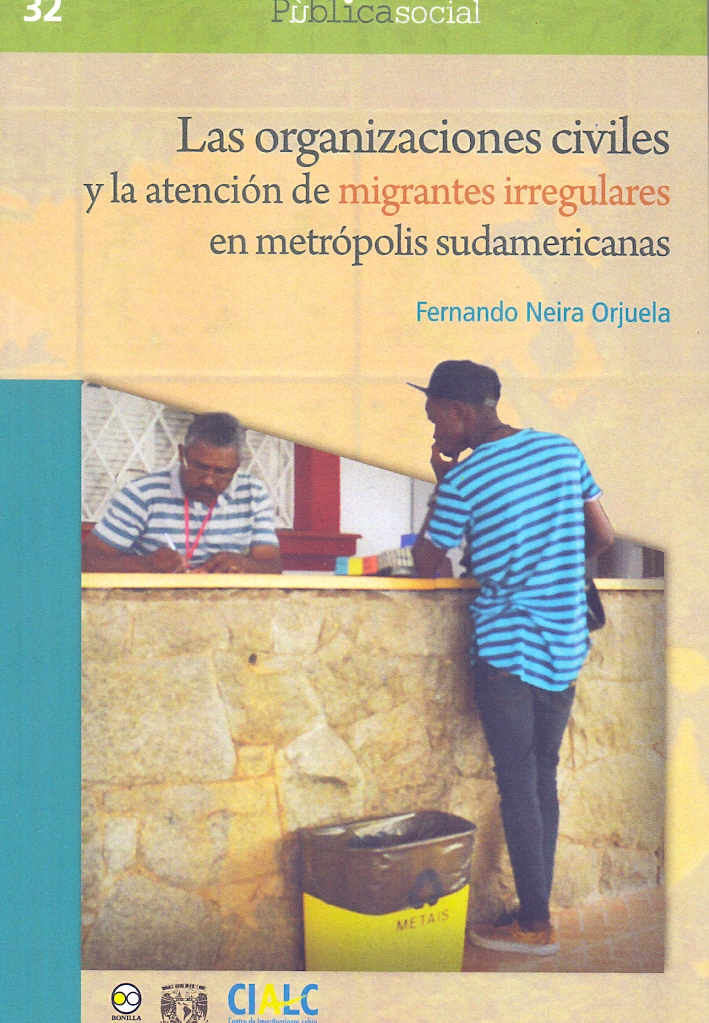 |
Organizaciones Civiles y la Atención de Migrantes Irregulares en Metrópolis Suda Neira Orjuela, Fernando Bonilla Artigas Editores |
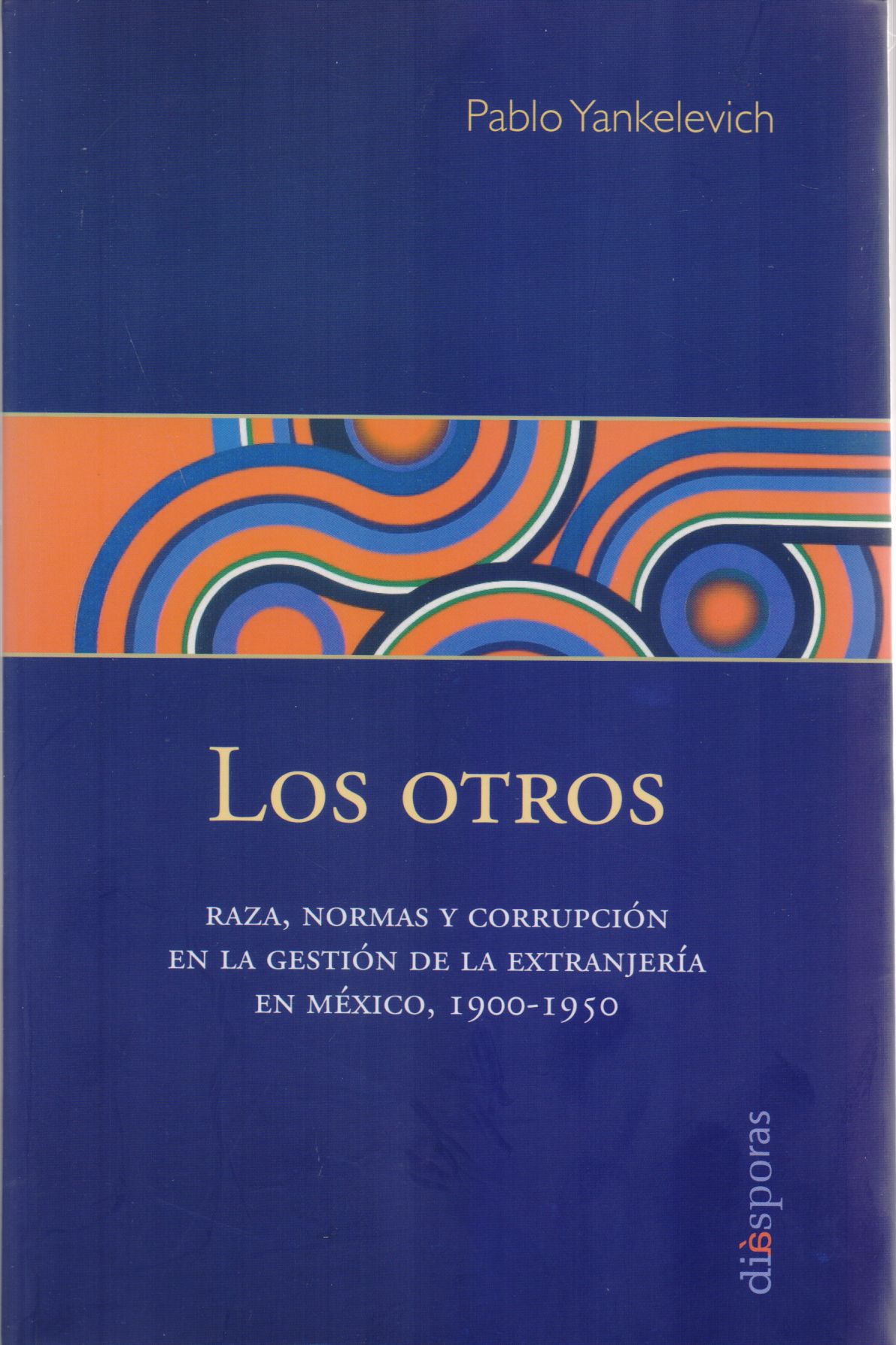 |
Otros, Los. Raza, Normas y Corrupción en la Gestión de la Extranjería en México, Yankelevich Pablo Bonilla Artigas Editores |
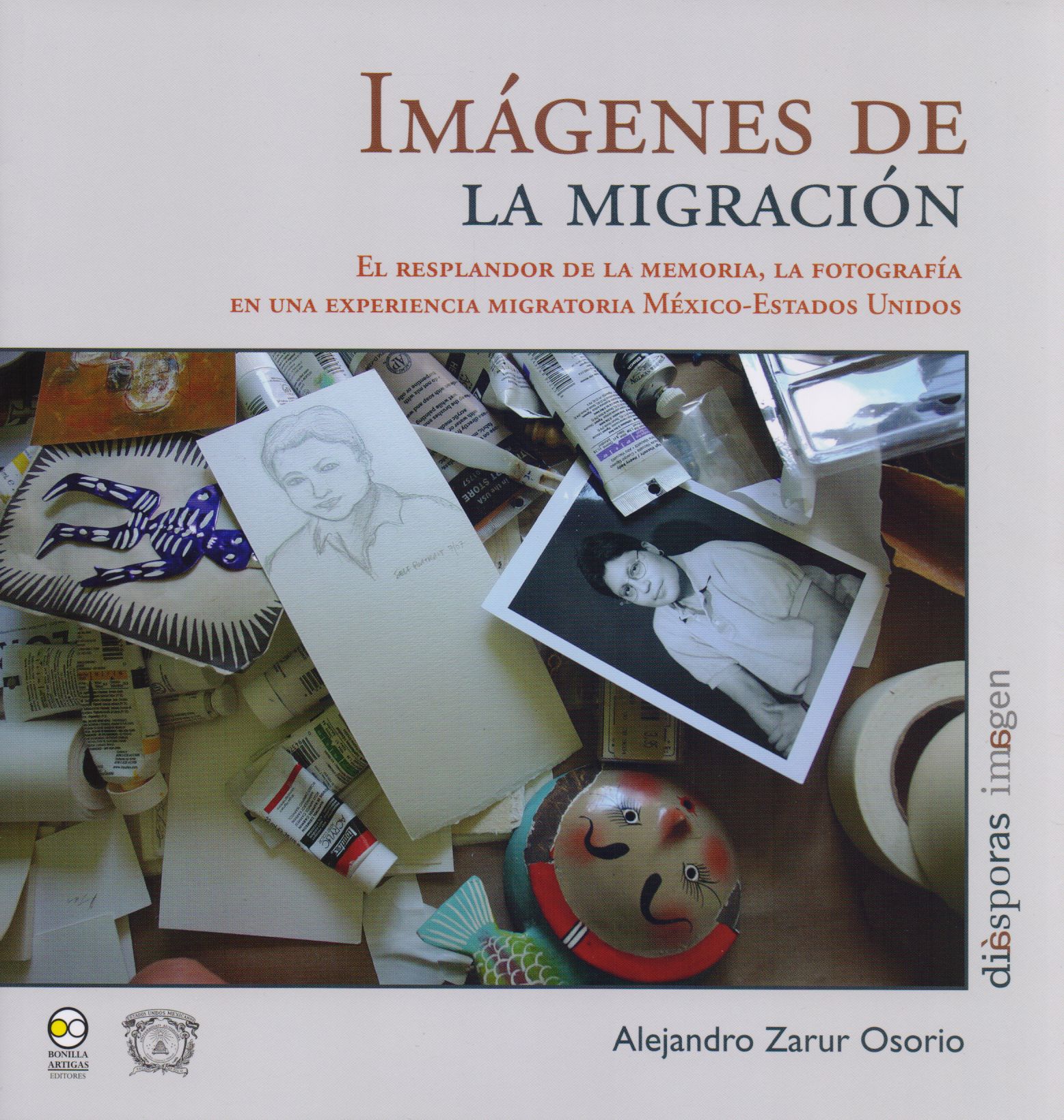 |
Imágenes de la Migración: el Resplandor de la Memoria, la Fotografía en una Expe Zarur Osorio, Alejandro Bonilla Artigas Editores |
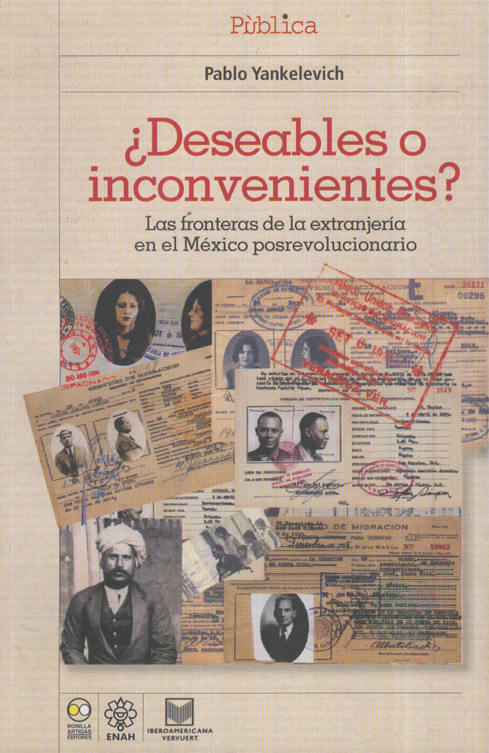 |
¿Deseables O Inconvenientes? las Fronteras de la Extranjeria en el México Posre Yankelevich, Pablo Bonilla Artigas Editores |
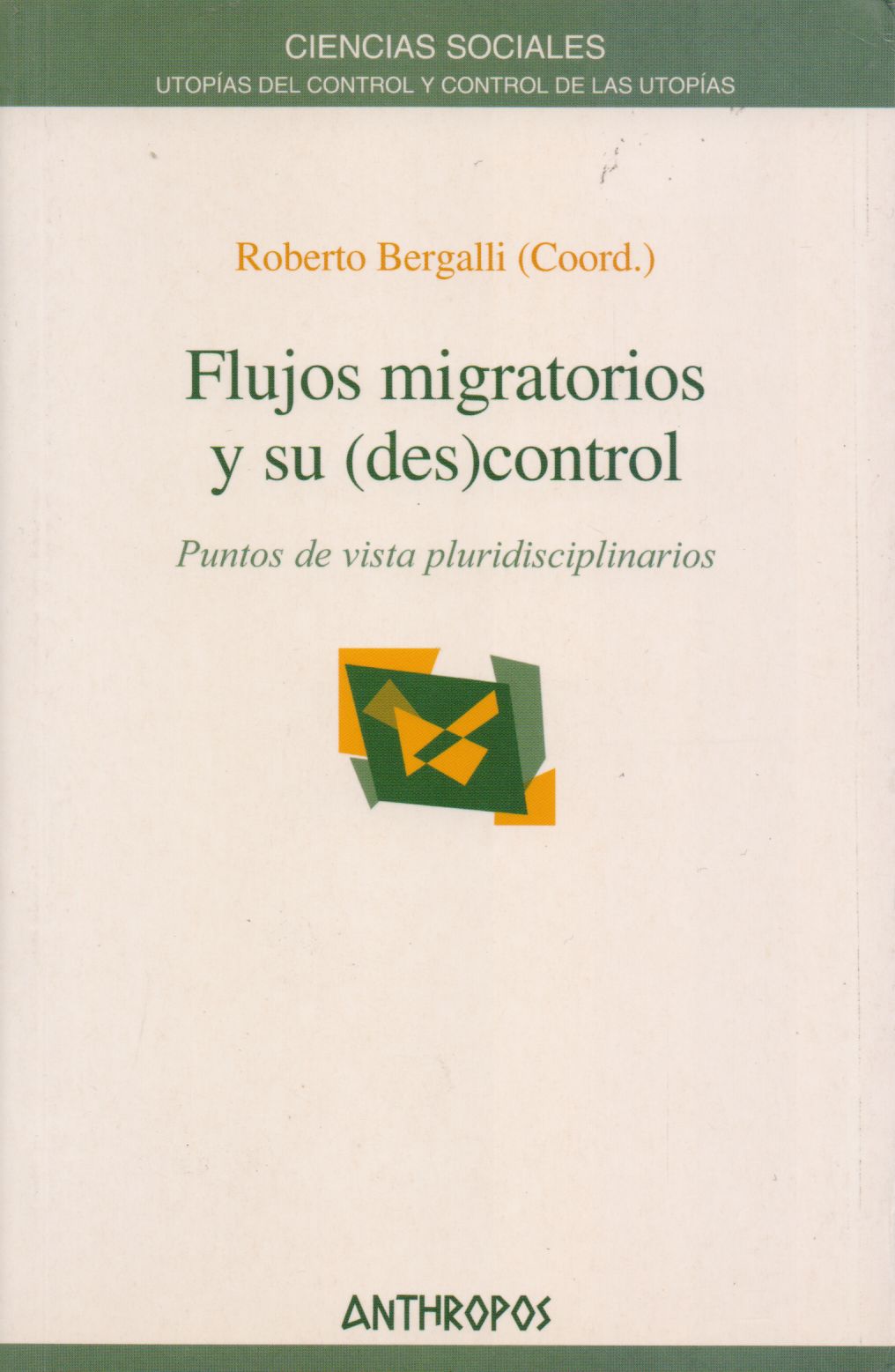 |
Flujos Migratorios y Su (Des)control: Puntos de Vista Pluridisciplinarios Bergalli, Roberto Anthropos |


|
Título: Cultures Of Migration | |
| Autor: Cohen, Jeffrey H. / Sirkeci, Ibrahim | Precio: $404.00 | |
| Editorial: University Of Texas Press | Año: 2011 | |
| Tema: Emigracion e Inmigracion | Edición: 1ª | |
| Sinopsis | ISBN: 9780292726857 | |
| Around the globe, people leave their homes to better themselves, to satisfy needs, and to care for their families. They also migrate to escape undesirable conditions, ranging from a lack of economic opportunities to violent conflicts at home or in the community. Most studies of migration have analyzed the topic at either the macro level of national and global economic and political forces, or the micro level of the psychology of individual migrants. Few studies have examined the "culture of migration"_that is, the cultural beliefs and social patterns that influence people to move.
Cultures of Migration combines anthropological and geographical sensibilities, as well as sociological and economic models, to explore the household-level decision-making process that prompts migration. The authors draw their examples not only from their previous studies of Mexican Oaxacans and Turkish Kurds but also from migrants from Europe, sub-Saharan Africa, the Pacific, and many parts of Asia. They examine social, economic, and political factors that can induce a household to decide to send members abroad, along with the cultural beliefs and traditions that can limit migration. The authors look at both transnational and internal migrations, and at shorter- and longer-term stays in the receiving location. They also consider the effect that migration has on those who remain behind. The authors' "culture of migration" model adds an important new dimension to our understanding of the cultural beliefs and social patterns associated with migration and will help specialists better respond to increasing human mobility |
||
Librería Bonilla SA de CV © Todos los derechos reservados. 2019
Última actualización: Jul 2019



